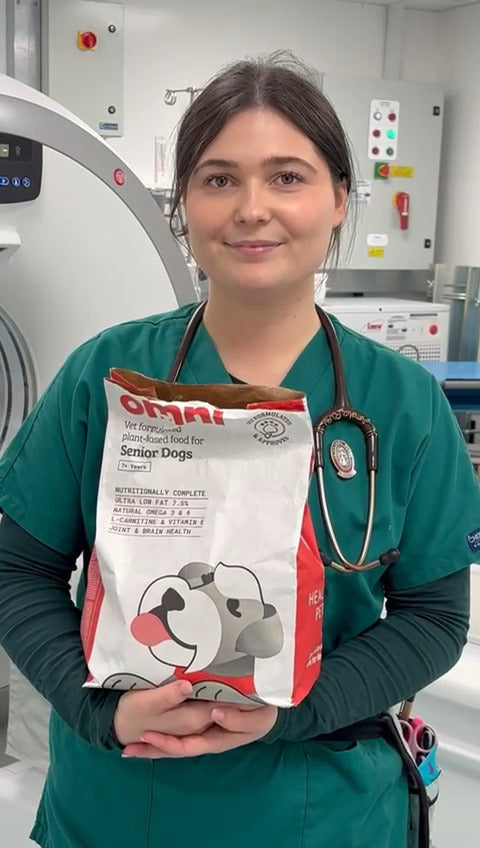Crate training for my dog

Crate training for my dog
When doggos inhabit the same environment as their owners, there can be difficulties with both sides understanding the requirements of the other. Crates can be used to help reduce some of the problem behaviours, but careful research is required to ensure that they are used appropriately and do not result in exacerbation or development of undesirable behaviours.
Uses of a dog crate
Dog crates can be used as an open den where they can feel safe, with the gate normally open, because time in the crate should never be perceived as a punishment. If they are used in a negative way, that can be detrimental to how the dog feels about that space. They can also be used to transport the pet, and to be part of post operative recovery for various veterinary procedures. In some situations, it may be appropriate to secure your dog inside the crate for a short period of time (if a nervous visitor is present for example), which is why it is important to make sure the crate looks as inviting as possible so that your dog is pleased to be spending time there.
The crate
Making a crate appear pleasant to your dog is vital. This is to ensure that the crate can be perceived as more attractive than the furniture intended for use by you, and to provide them with somewhere they are happy to be more restricted if needed. The bedding provided must be soft and comfortable, and the crate should be cleaned regularly. Toys can be placed in the crate. Food and water access is also required, and treats can be given to either encourage the dog into the crate, or when they have entered the crate on command. Water can be placed in either a bowl on the floor of the crate or can be attached using special clip-on bowls which attach to the sides of the crate to avoid spillage.
Crates are normally made of wire (so the dog can see and be seen and have good air flow through) and a removable tray making up the flooring to facilitate good hygiene by easy cleaning. The gate allowing access to the crate must be of appropriate size to ensure that the dog can move easily into and out of the space. The size of the crate itself is also important. There needs to be enough space for the dog to lie down comfortably on soft bedding, stand to full height on all four legs and have room for a food and water bowl.
A suitable location needs to be selected for the crate. It should be placed somewhere warm, secure, away from draughts so that the dog does not get cold, and out of direct sunlight so that overheating does not occur. A lot of dogs would prefer a crate that is kept in a busier environment with lots of people present - such as the sitting room or kitchen, while other, more nervous, dogs are better off with a quieter location, such as a hallway or bedroom. Some dogs will benefit from a cover such as a blanket over the crate, because it makes them feel more secure.
Will my dog like a crate?
Some dogs will be naturally attracted to the crate and will not take much encouragement to enter. Others will require more patience; crate training is essential to allow your doggo time to get used to it. If this is not done, then the dog will be less likely to accept the crate and could result in negative associations with it.
As mentioned earlier, crates should never be used as a punishment, because this will be detrimental to how comfortable the dog feels about it. No one apart from the dog should be allowed to enter the crate - this is intended as a safe space for the dog, so having children going inside it is inadvisable. Some dogs may be stressed by loud noises such as fireworks and want to run around the house due to stress. Securing them inside a crate under these circumstances is not recommended, as they may begin to feel trapped, and should be allowed to continue their nervous behaviour rather than restricting them.
In conclusion
Crates can provide dogs with a comfortable, safe, secure space, which can be a useful training aid to prevent dogs from getting onto furniture and keeping away from visitors without distressing the canine member of the family.







 85 Great Portland Street, 1st Floor, London, W1W 7LT United Kingdom
85 Great Portland Street, 1st Floor, London, W1W 7LT United Kingdom





